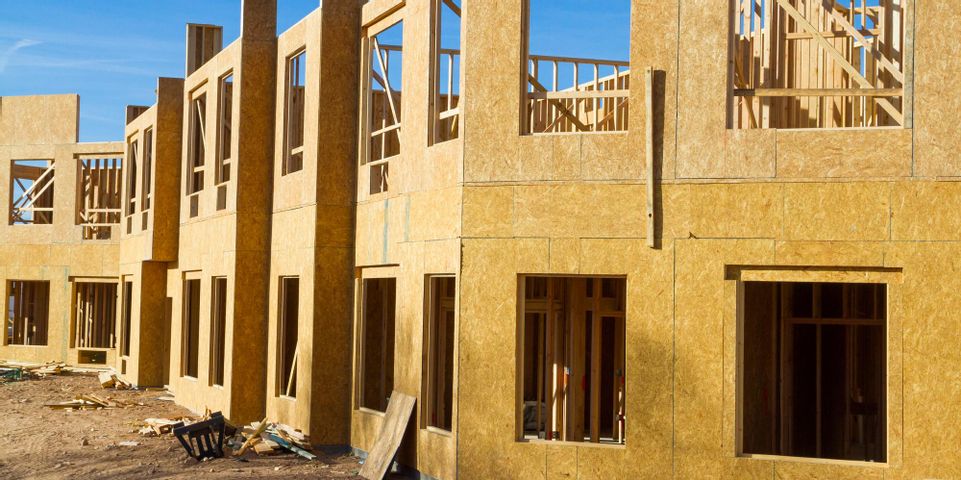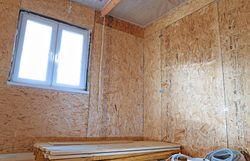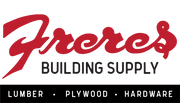
When it comes to a building project, you must select the right materials to ensure it holds up well. Waferboard, also known as oriented strand board (OSB), is a versatile building option that is similar to plywood. But is it a good pick for your next project? Here’s what you should know about this material.
A Guide to Waferboard
Somewhat similar to particle board, waferboard is made by compressing wood flakes together at intense pressure and heat to form a flat panel. Resins are added to the mixture of wood flakes to ensure that the materials bind together during this compression process.
Similar to plywood, waferboard can be manufactured at varying degrees of thickness. Naturally, the thicker the board, the stronger it is. Waferboard is graded based on thickness and strength so buyers can determine if it’s adequate for their projects.
The Benefits & Uses of Waferboard
 Like plywood, one of the chief benefits of waferboard is its versatility. It’s also lightweight and inexpensive, making it easier to transport (as well as a good choice for budget-conscious projects). Many waferboard products are covered with a thin laminate layer that imitates the look of natural wood grain for a higher-quality look.
Like plywood, one of the chief benefits of waferboard is its versatility. It’s also lightweight and inexpensive, making it easier to transport (as well as a good choice for budget-conscious projects). Many waferboard products are covered with a thin laminate layer that imitates the look of natural wood grain for a higher-quality look.
Lighter grades of waferboard are often used in furniture construction, shelving, or for the creation of temporary walls (like a theater stage set). Sturdier grades can be used for a wider range of projects, including wall and roof sheathing, siding, and floor underlayment. Keep in mind, however, that waferboard is vulnerable to water damage. It should only be used in areas where it will be protected from moisture.
For waferboard and plywood, as well as hardware and other materials, visit Freres Building Supply in Stayton, OR. In business since 1943, their knowledgeable staff’s dedication to one-on-one service ensures you’ll find everything you need to get your project done right. To learn more about their product selection, visit them online, or call (503) 769-2879.
About the Business
Have a question? Ask the experts!
Send your question

